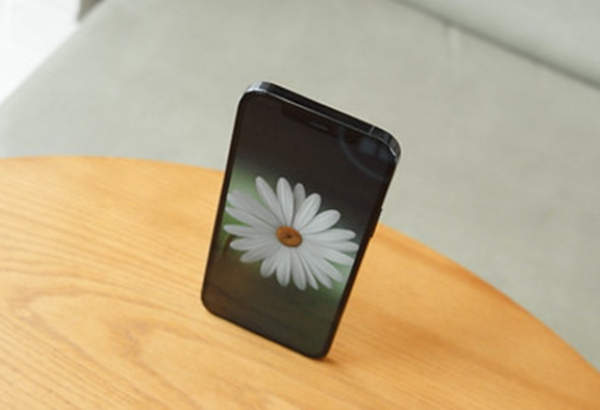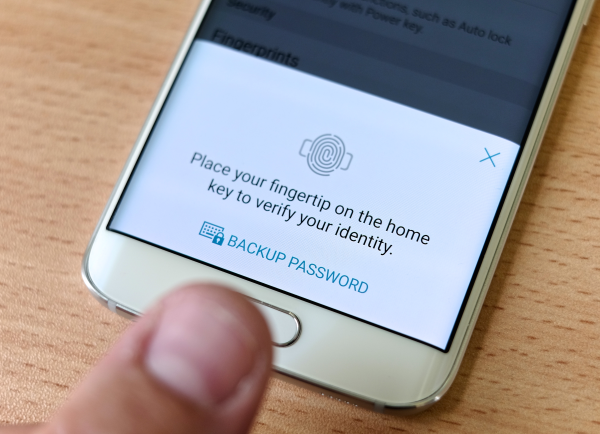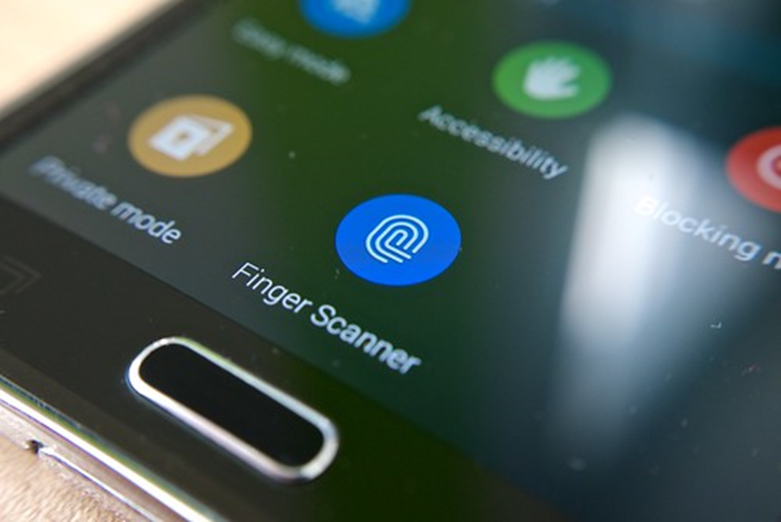According to recent patent filings from Apple, touch ID biometrics are now being considered for implementation with iPhone power buttons. As a part of a greater move made by mobile systems towards biometrics in the last few years, this could illustrate a new standard in the ever-important landscape of online security. Addressing a growing safety concern, Apple’s new filing illustrates the need for a new normal and an evolutionary step away from traditional safety systems.
Apple’s Patent
Apple’s new patent works to extend efforts first filed in 2017 and then granted in 2019. Officially termed as ‘Devices, Methods, and Graphical User Interfaces for Providing a Home Button Replacement,’, this new system extends existing biometric features into power button functionality. The idea here is that since biometric systems are already becoming ubiquitous, combining them with buttons cuts out a step, streamlining the process and reducing internal crowding.
Existing as one part of Apple’s ‘Move Beyond Passwords’ initiative, expect this feature to become a standard part of Apple’s mobile devices sometime soon. While there are concerns that this filing could reduce the ability of other companies to implement similar features, other major manufacturers could likely design similar proprietary systems, or simply continue older solutions.

“iPhone 12 Pro Design” (CC BY-ND 2.0) by TheBetterDay
A New Need
Within the greater security market, this move from Apple is not without precedent. Instead, it exists within the rapidly expanding framework of biometric security measures. These tend to be built off of face and fingerprint recognition, both of which are much safer and faster to use than older password solutions.
Though this can seem complicated, the answer to “how does passwordless login work?” is surprisingly simple. In essence, these biometric systems are tied directly into encrypted password keys.

Through relying on biometric scans, passwords are simply unlocked and applied automatically. In this way, biometrics behave as a sort of shortcut, though beneath the surface they still rely on traditional passwords and login systems.
While not theoretically necessary, these systems become a practical necessity when considering all the different passwords that users increasingly rely on in the digital age. With the need to juggle dozens of different constantly changing logins, shortcut systems like biometrics eliminate this issue, which is only going to grow more pronounced.
Future Integration Methods
So far, biometric security applications in mobiles are most commonly applied to simple logins, though they could have far greater implications for systems such as mobile payment functionality. With mobile payments already accepted in many areas, adding biometrics into the mix would produce another layer of security, vastly reducing or even eliminating many forms of potential theft.
As mobile integration with every aspect of our lives continues to grow alongside our reliance on passwords, biometrics will eventually become the rule, rather than the exception.

“Samsung Galaxy S5” (CC BY 2.0) by Janitors
As for right now, whether or not you need a device with biometric security depends on your use case. For those with larger amounts of personal and financial information stored on or accessible through mobiles, leaning on this new technology is a must.
Otherwise, if you’re more of a simple browser who uses a PC or laptop for heavy work, biometrics will still be useful, but perhaps not yet a necessity. That said, the trajectory of biometric security means it will eventually become unavoidably useful, so it might be best to get involved sooner rather than later.





